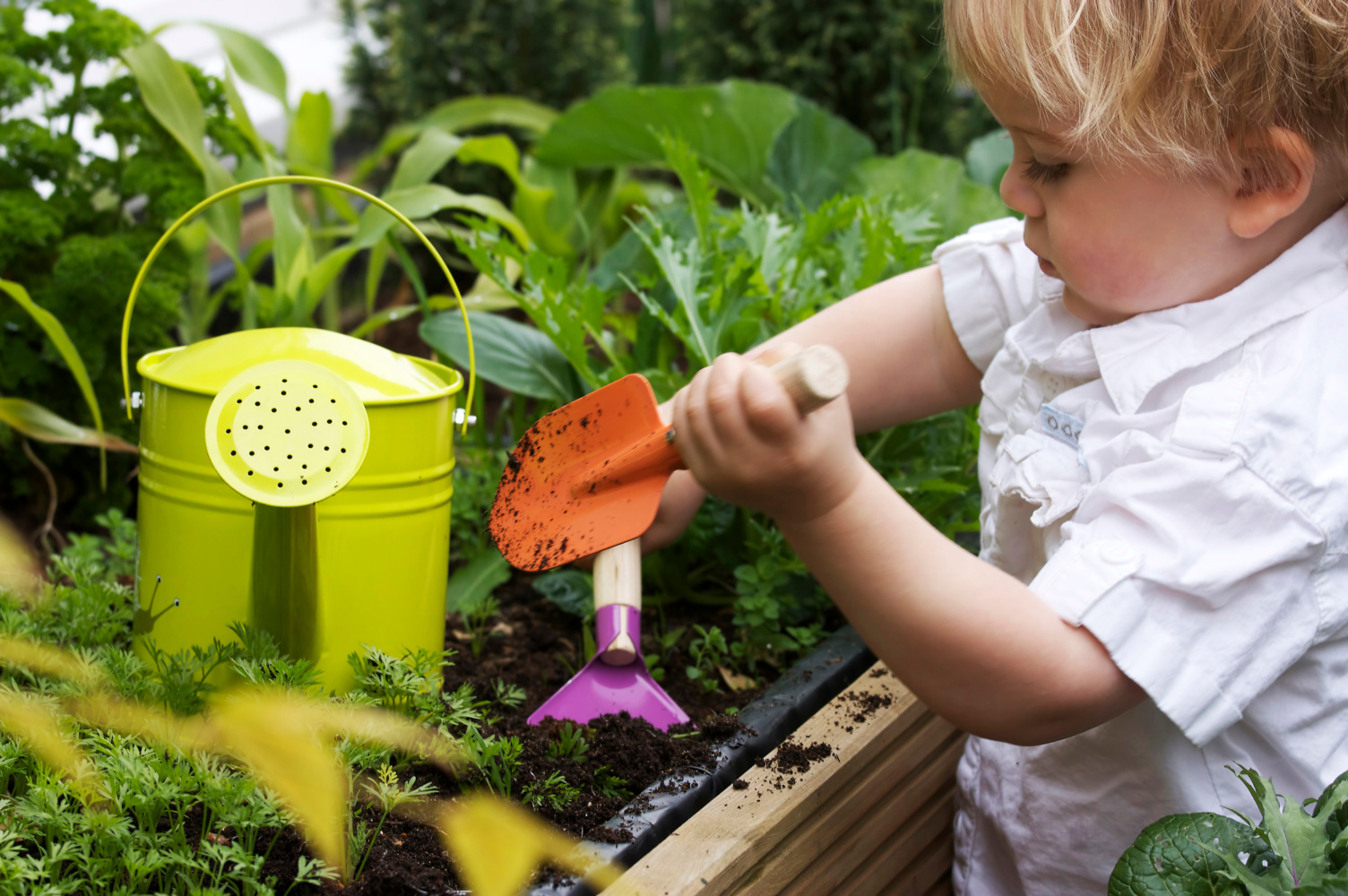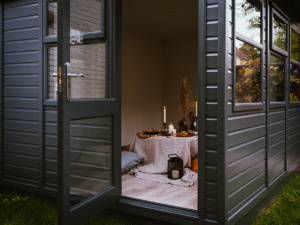5 Activity Ideas for Little Green Thumbs
Have you noticed that your little one has taken an interest to the world of horticulture?
The Scandinavian method of incorporating outdoor spaces into early childhood education is deeply influenced by the teachings of Friedrich Wilhelm August Froebel. Froebel emphasised the significance of the natural world in children’s development and advocated for hands-on activities, such as gardening and artistic expression, to nurture their creativity and cognitive growth. Danish educators, inspired by Froebel, initiated a kindergarten model integrating natural surroundings and outdoor learning experiences for young children. This paved the way for a child-centric approach to learning and development, fostering more humanistic perspectives on childcare and education.
These ways of Danish schooling are known as forest kindergartens ‘skovbørnehaver’, forest or wood groups ‘skovegrupper’ and nature kindergartens known as ‘naturbørnehaverr’.
Forest school is very much an English term, with an influence on the Danish approach. With an aim for the early years school pupils to embrace the outdoors, forest schools within the UK encourage children to connect with nature walks through the local woodland in school grounds, additional play time outdoors and planting fruit, vegetables and flowers.
Here are 5 activities to get children’s green thumbs moving:
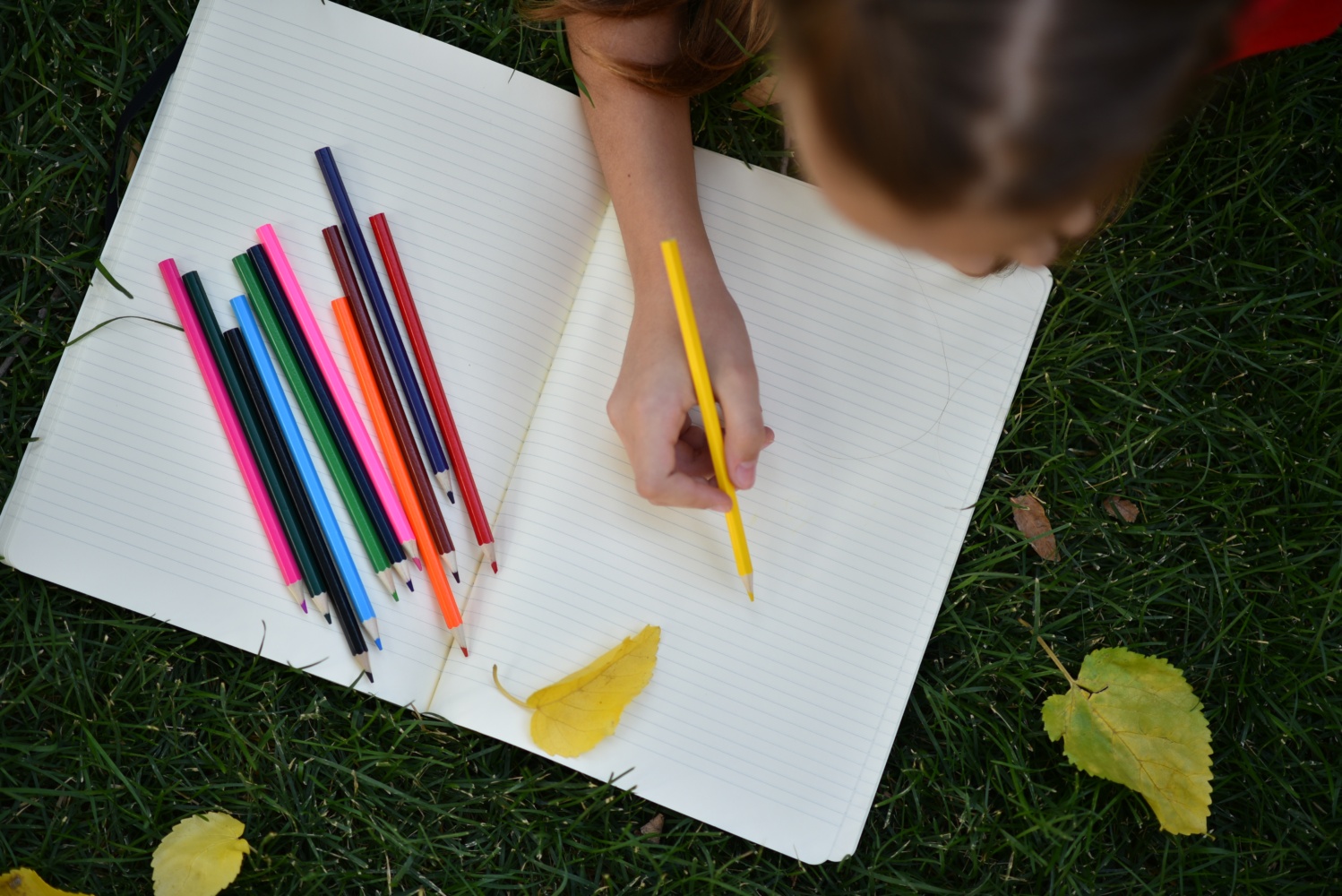
Read and write
Making reading about vegetables and herbs fun is the ‘first ever plantable children’s books’ created by Willsow. These unique books feature engaging stories, characteristic illustrations and seeds embedded within the handmade paper. Once the story is complete – head outdoors to plant the book and watch the next chapter grow and unfold in reality! A great way to learn where produce comes from, a gift, or an alternative read to really water and bring a story to life!
Alternatively, encourage little ones to adopt a gardening journal where they can write down what they have found outdoors and new gardening skills they have learned. A garden room makes a peaceful environment for journaling and moments of reflection.
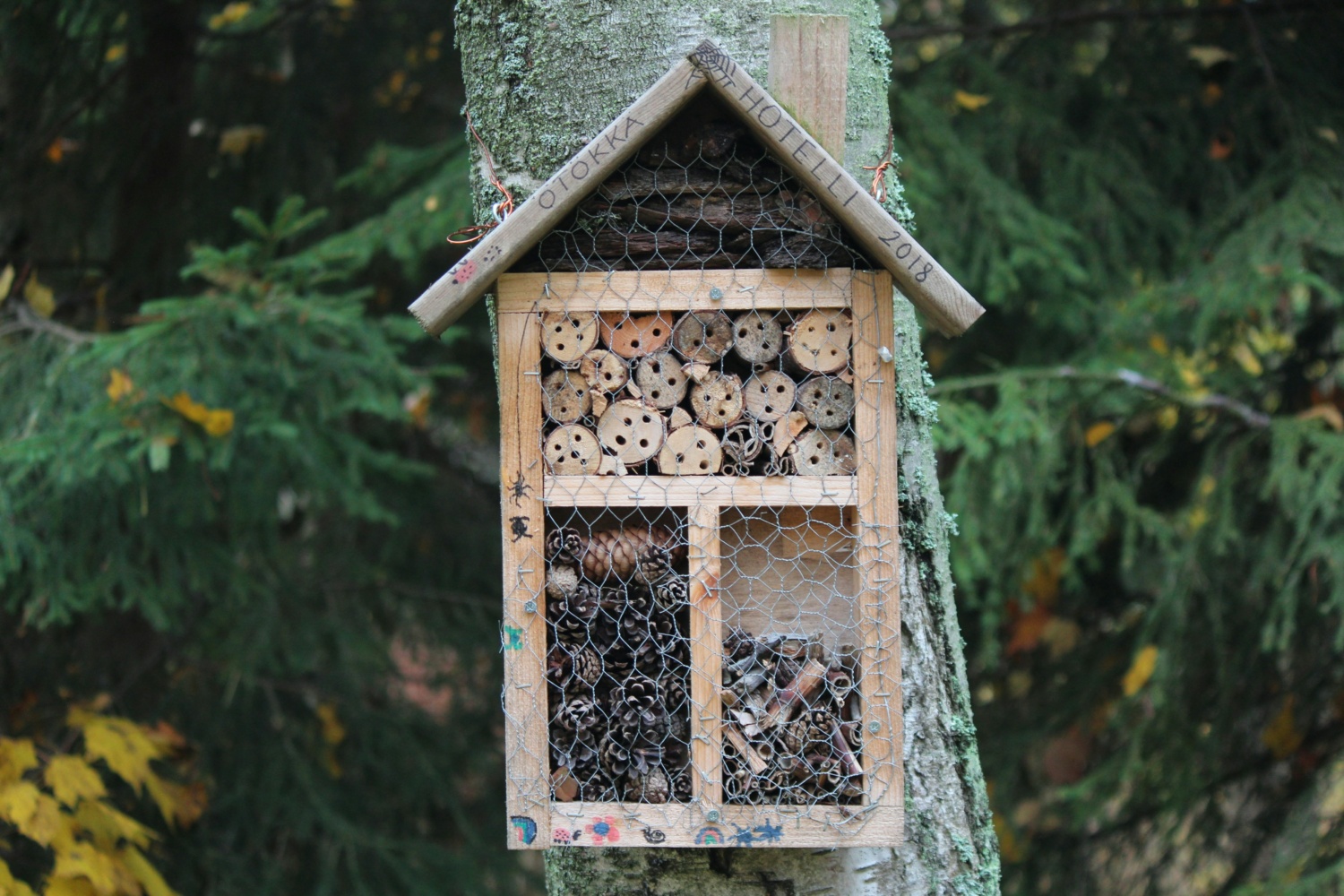
Build a bug hotel
Search your garden for natural materials to use such as twigs, leaves, pinecones and stones to construct eco-friendly habitats: bug hotels, fairy gardens and mini gardens!
Not only does this hands-on project encourage teamwork and problem-solving skills as children design and build their bug abodes, but it also teaches them about the importance of biodiversity and the vital role insects play in our ecosystem. As they observe bugs inhabiting the hotels they’ve crafted, children develop a deeper appreciation for the natural world and gain a sense of accomplishment knowing they’ve provided a haven for their tiny garden companions.
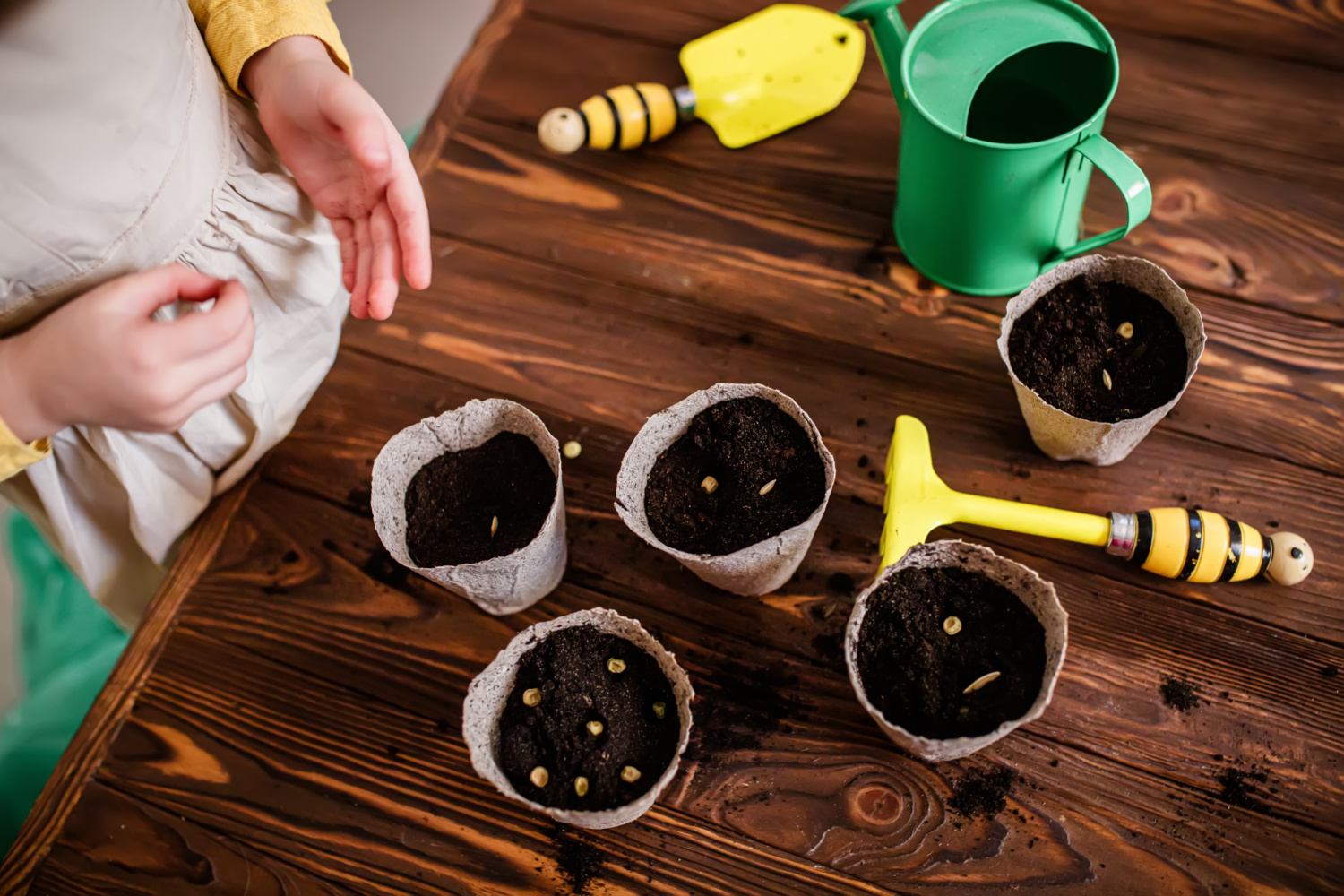
Pot and sow seeds
Whatever the weather, there is a seed to sow and a plant to pot. Encourage your little one’s green finger curiosity, let them get their hands dirty planting what wonders are yet to come.
Sunflowers are extremely popular for children to grow, one giant seed per pot they can gaze up in wonder as it creeps up to the sky! Sunflowers grow quickly, so it’s fantastic for the less impatient little ones… The bright and friendly sunny blooms are guaranteed to get children smiling in pride at the flower they have nurtured.
If you have a greenhouse, it’s an excellent opportunity to teach how to use it to pot plants, sow seeds and organising gardening tools within its confines. For an alternative greenhouse solution, bring the green thumbs indoors and why not go miniature with portable windowsill greenhouse planters? They can even be placed in a child’s room on their windowsill to watch with curiosity from the comfort of their room on a rainy day, ready to take the seedlings outdoor for planting when ready!
Tomatoes, potatoes and herbs are great starting points for budding young gardeners. Spuds are versatile and little ones are sure to enjoy eating their produce when the crop is ready to harvest.
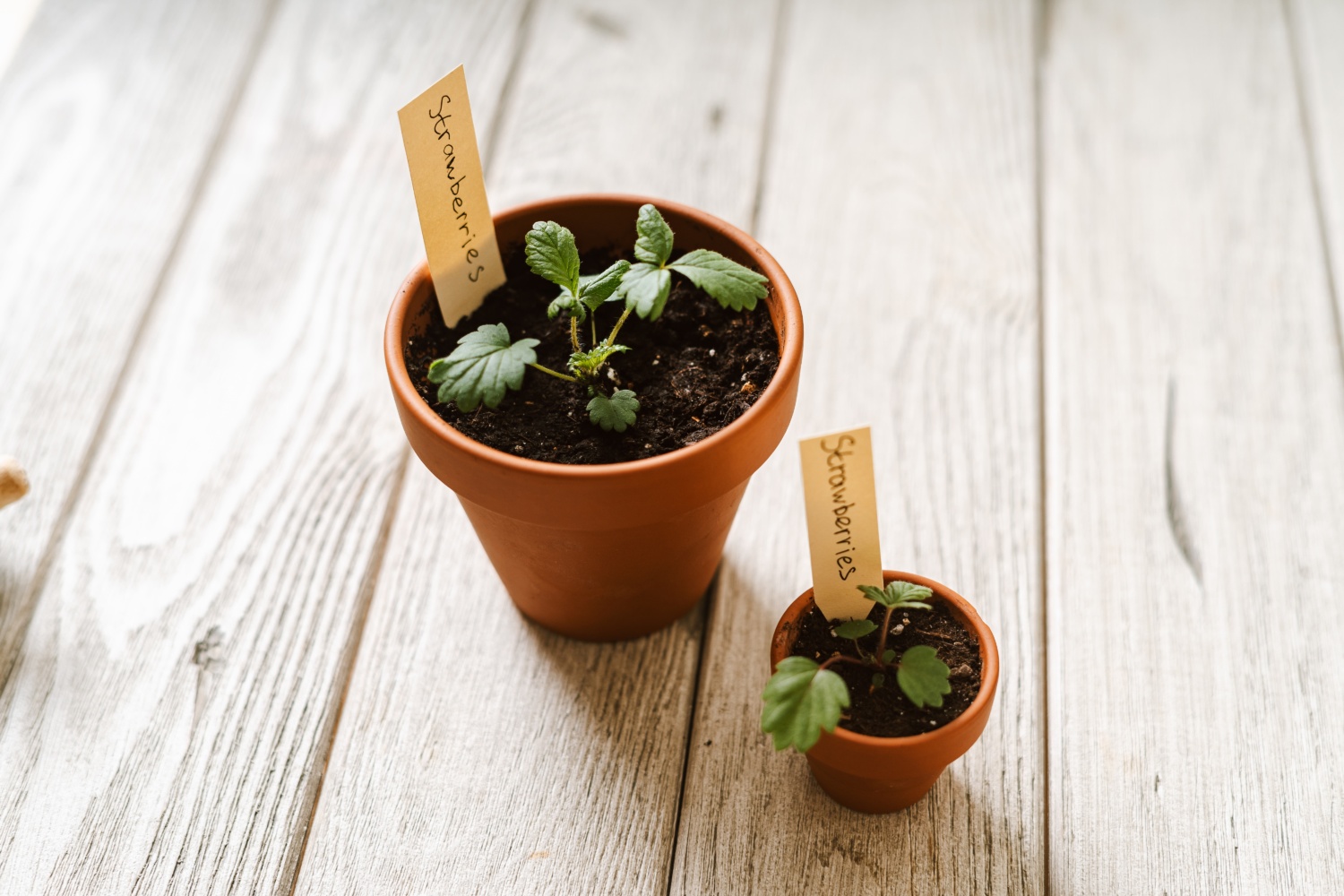
Labelling crops
Use some new, or recycled ice pop sticks to label plants, bulbs, and seeds! This spelling activity of labelling crops helps children to recognise different plants, practice organisation and take pride in ownership of plants they are growing.
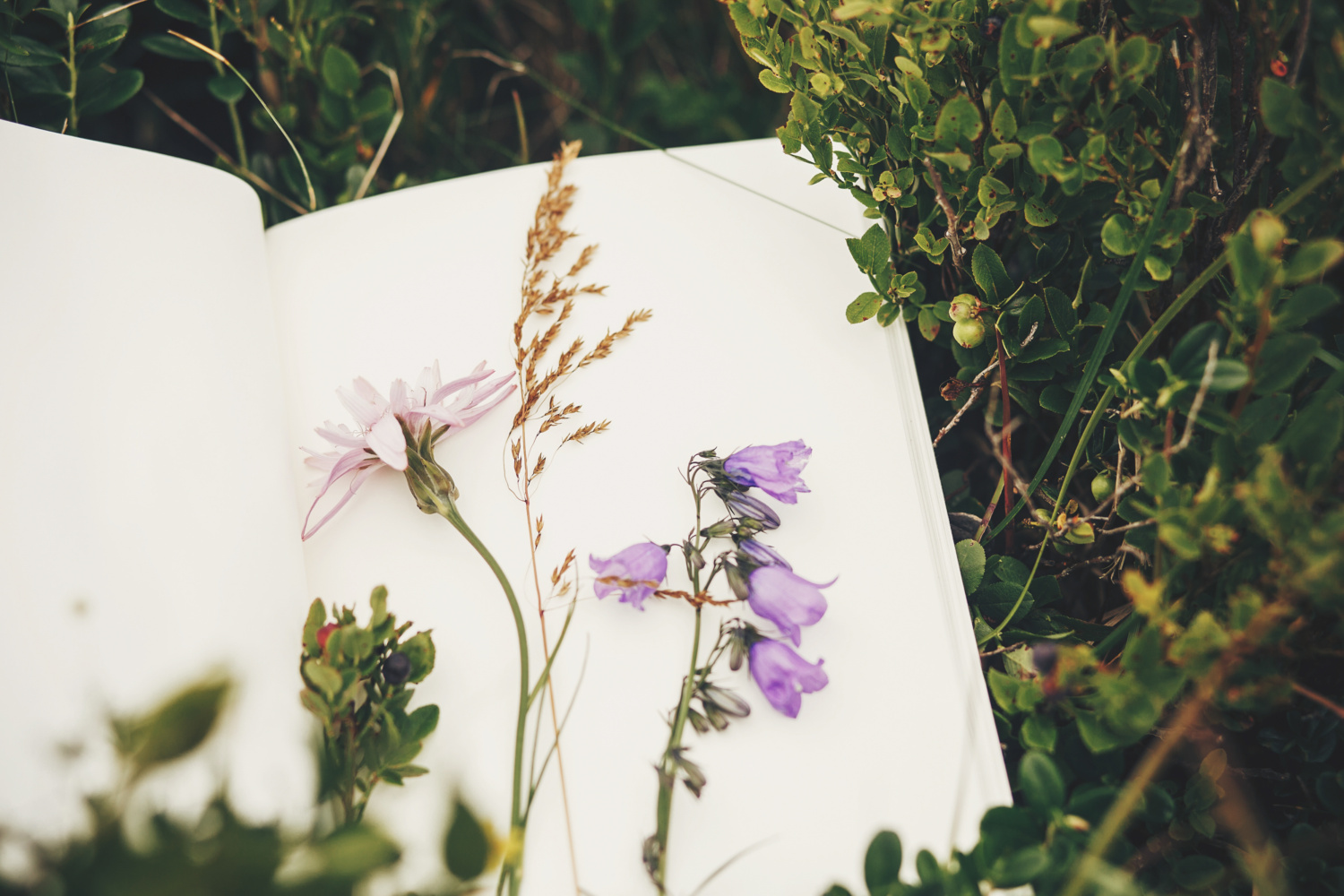
Pressing flowers
A simple activity that preserves the beauty of blossoms and requires minimal equipment is flower pressing. A book and absorbent paper (such as baking parchment paper) will do the trick. You can buy flower pressing kits; however, it is more likely you have a heavy book lying around home! Choose some fresh flowers from the garden and remove any stems from the flowers – these can cause the petals to mould during the pressing process. Arrange the flowers carefully onto absorbent paper, ensuring they are not touching and overlapping and carefully place the paper inside your book (or flower press). Close the book and place some weight on top of it and leave the flowers pressed for several weeks to allow them to dry. We would recommend checking periodically to ensure they are drying evenly and to replace the absorbent paper if it does become damp! Once the flowers are fully dried, it is time to get creative. We would recommend using the beautiful, dried petals to create cards, bookmarks, or pieces of art for your little one to proudly display! If there are two of the same floral, why not create cards for a game of snap? It’s an activity that requires a little bit of patience and perseverance but is a great way to wind down and admire the florals intricate shapes.
